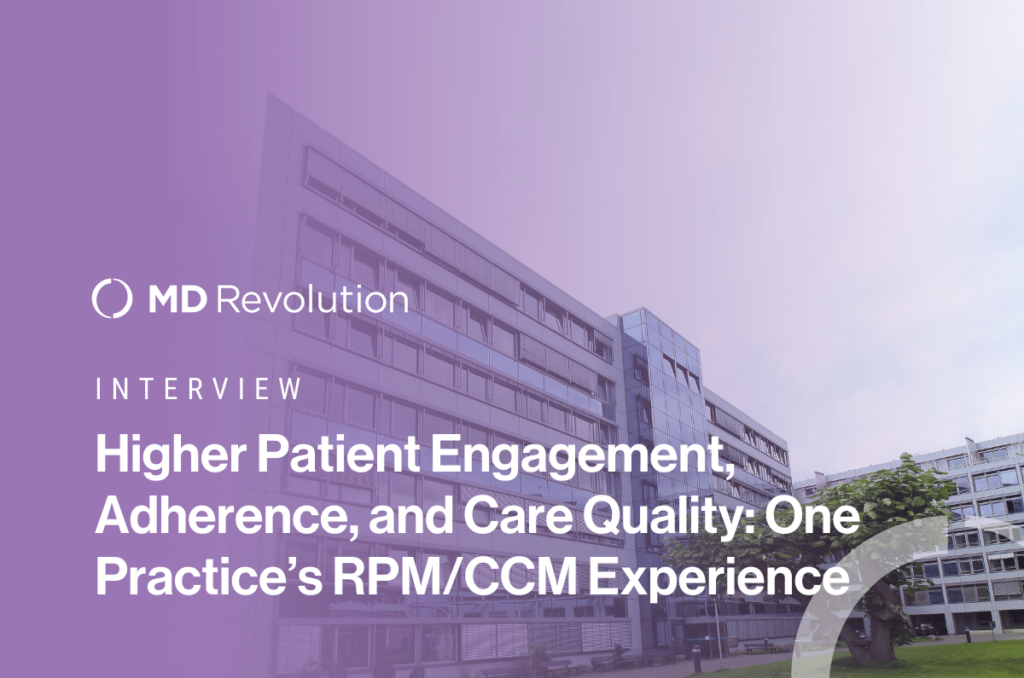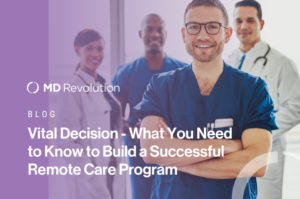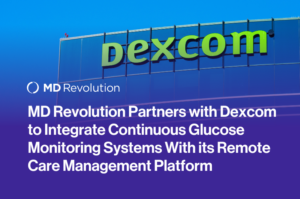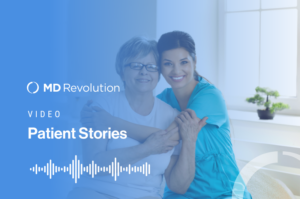Ten Questions for Christine Onstott, Director of Operations at Cardiac Solutions, an Arizona-based cardiology practice
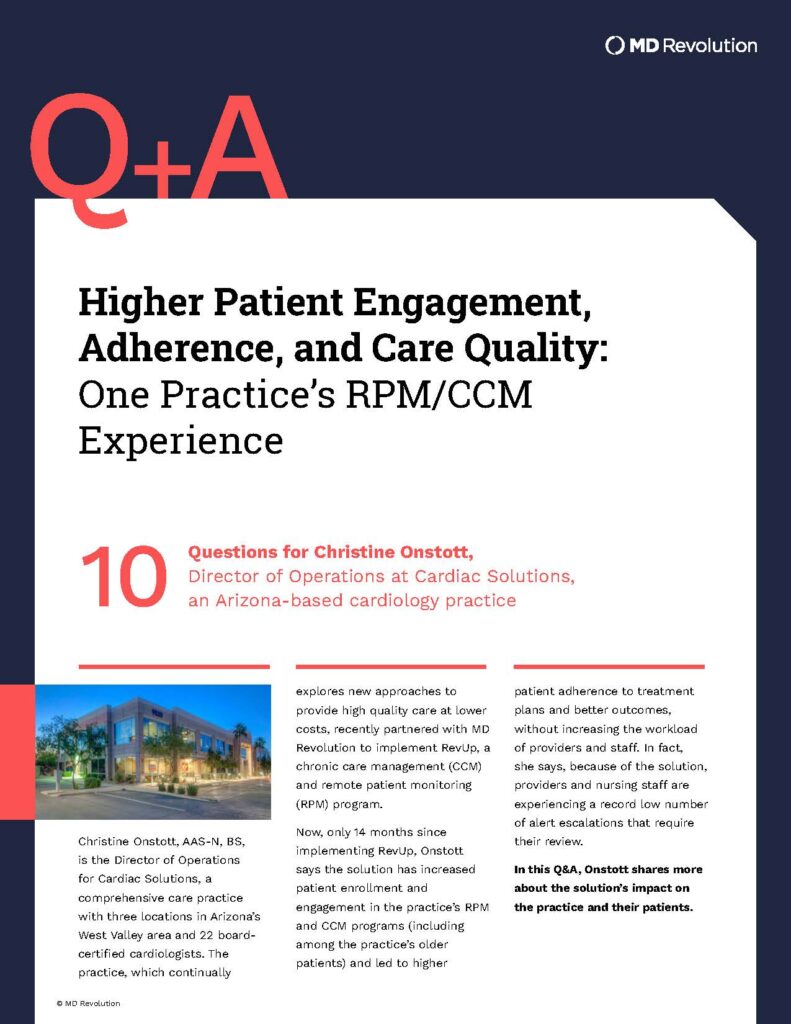
Christine Onstott, AAS-N, BS, is the Director of Operations for Cardiac Solutions, a comprehensive care practice with three locations in Arizona’s West Valley area and 22 board-certified cardiologists. The practice, which continually explores new approaches to provide high quality care at lower costs, recently partnered with MD Revolution to implement RevUp, a Chronic Care Management (CCM) and Remote Patient Monitoring (RPM) program.
Now, only 14 months since implementing RevUp, Onstott says the solution has increased patient enrollment and engagement in the practice’s RPM and CCM programs (including among the practice’s older patients) and led to higher patient adherence to treatment plans and better outcomes, without increasing the workload of providers and staff. In fact, she says, because of the solution, providers and nursing staff are experiencing a record low number of alert escalations that require their review.
In this Q&A, Onstott shares more about the solution’s impact on the practice and their patients.
What were your goals when you implemented MD Revolution’s RevUp solution?
We wanted to reach a larger percentage of our patients, not just those with a history of heart failure who come into the clinic regularly. Population health management is important to us, we wanted to reach patients with other chronic disease states and provide them with quality care in-between their already scheduled in-office visits with their Cardiologists. Keeping a patient out of the hospital is good for the patient, insurance providers, and hospitals.
You mentioned that reaching more patients and engaging them was a key objective. How has the solution impacted that?
Once patients are enrolled, they see the benefits of the program and see the value of constant medical supervision. The patients I have personally spoken to, including my parents, love the service. The product is easy to use, and patients interact with the RevUp application on a regular basis which is amazing given our practice’s patient median age of 80.
We’re encouraging our patients to engage in their own care by using RevUp. In healthcare we often tell patients what they need to do, but that doesn’t mean they will follow through.
Can you provide an example of how the RevUp solution enhances patient access to your cardiologists?
Enhancing access for patients with hypertension is a good example. These aren’t necessarily patients with a history of heart failure, but simply those with a condition that we can monitor remotely with the use of blood pressure equipment. RevUp helps monitor the patients pressures in-between visits to the office and alerts us if there are abnormal readings that would warrant a sooner visit to the office.
Why did you select MD Revolution?
We looked at several companies, but eventually heard about RevUp through our EMR partner, which made integration easier, almost seamless. We also wanted customization, which they were able to do, and their easy-to-use interface was a no-brainer.
We knew that provider adoption would be a huge aspect of program success. We can put anything into place, but if our cardiologists aren’t referring patients, our patients and our practice won’t experience the benefits. Integration, however, made adoption easier because we were able to pull patient information directly out of the EMR, including their CCM category, and even how to best engage the individual patient, whether it be via text, email, or phone call. The integration support was essential in the adoption.
Your practice decided to deploy MD Revolution’s CCM and RPM solutions simultaneously. Why?
We have never looked at the product as two separate solutions because we believe they work together. The CCM component provides us with the personal clinical touchpoints we want our patients to experience, sort of like a concierge service, and the RPM component allows us to monitor blood pressure which is a health component that CCM can review with the patient. They go hand-in-hand.
How quickly after implementation did you start experiencing the benefits of the solutions?
We meet with our RevUp partners monthly and review patient enrollment, engagement and how many alert diversions we were able to make. We continue to perfect the services we are providing by looking at patient outcomes and most recently, working on how to track hospital readmissions.
Billing for CCM and RPM can be very confusing. How has the process been for your practice?
After answering some of the initial questions our staff had – and after the MD Revolution team helped patients learn how to use a blood pressure cuff – we had much fewer headaches and more accurate billing. That’s huge. Also, there are differences between insurers and what they will cover, and that must be explained to the patient by our staff. Not every patient has the same copay; there are many Medicare plans, which means the copays fluctuate and must be communicated to the patient.
What were some challenges you worked through with RevUp after implementation?
One of the biggest changes we were able to make after implementation was the way we handled our patient alerts at night and over the weekend. These alerts are now handled by the RevUp team in the same way our staff would take care of them during the business day, taking the burden off the on-call physician which was huge. Working out those sorts of workflows simplified the process and ensured that the patient received the appropriate care quickly.
What lessons could other practices learn from your experience with a CCM/RPM solution?
Because implementation is so important, it’s essential to bring physicians into the decision-making process. The solution must be thoroughly explained to the physicians, and staff needs to be ready to evolve their workflows. It’s also important to bring patients into the process by helping them understand that your practice is HIPAA compliant and not selling their information. We explain MD Revolution’s relationship to Cardiac Solutions – that they’re contractors we’re using – so there’s no patient confusion on their integrity.
Identifying superusers throughout the practice and other experts who can quickly answer questions about the solution is also key. I have 198 employees, and we have over 500 patients come through the doors daily. Recently we have added a device representative in our offices Monday, Wednesday, and Friday who is available to speak to patients face-to-face and answer questions. We’ve also identified superusers throughout the practice, not just our individual offices, who spearhead the CCM and RPM program and answer questions from colleagues.
Overall, would you say the RevUp solution is helping you achieve your goals?
Yes! It is affecting our patients’ health in a very positive way. They see us taking care of them with these additional and frequent touchpoints, while enabling us to have a handle on their wellbeing even when they’re not here seeing us physically. This is helping us provide our patients with high quality, concierge-like care. It’s something that no other cardiology practice provides.
MD Revolution delivers the solutions and platforms to practices that want to improve operational efficiencies and increase revenue opportunities at scale. MD Revolution’s Care Management platform RevUp is a service model software that integrates with EHRs to support the management of remote patients for practices and health systems with their own dedicated care teams. MD Revolution further supports virtual care initiatives with RevUp programs, which cover patient services that include care managers, clinicians, and communication provided by RevUp.
Interested in learning how RevUp can help your practice? Contact us here.
We pride ourselves in setting straight-forward, attainable goals for each of our partnerships, customized for your practice’s Medicare population. Contact us today for a picture of sustained program success and a tailored practice pro forma.
